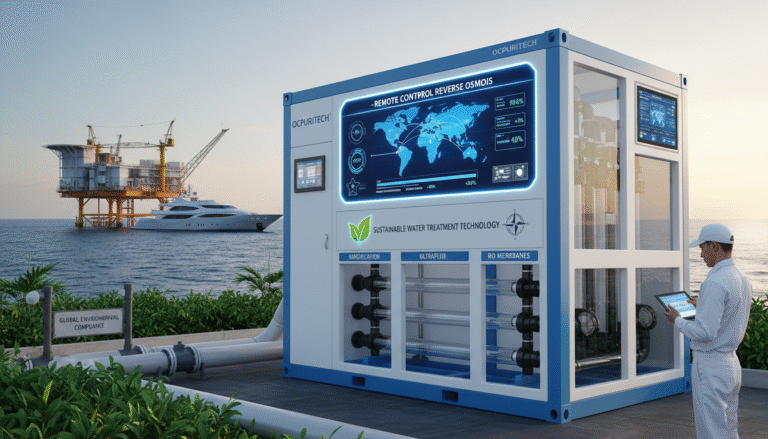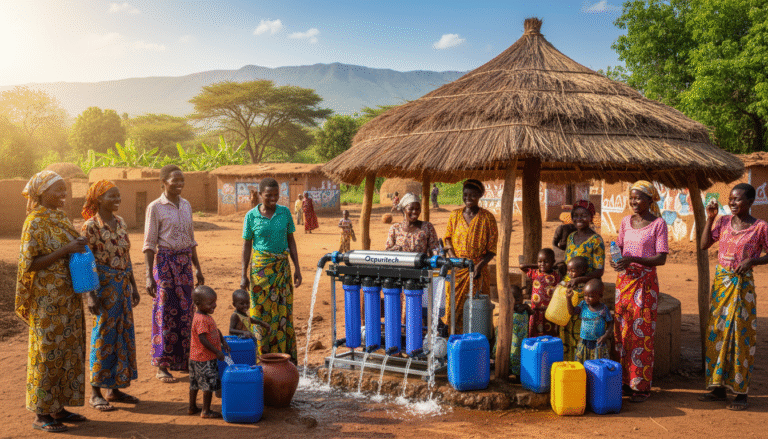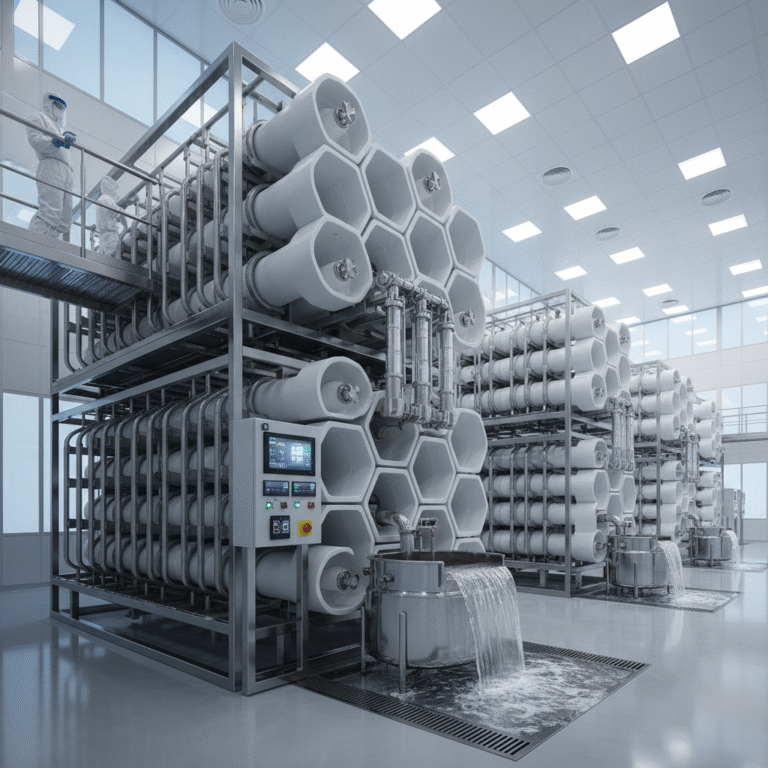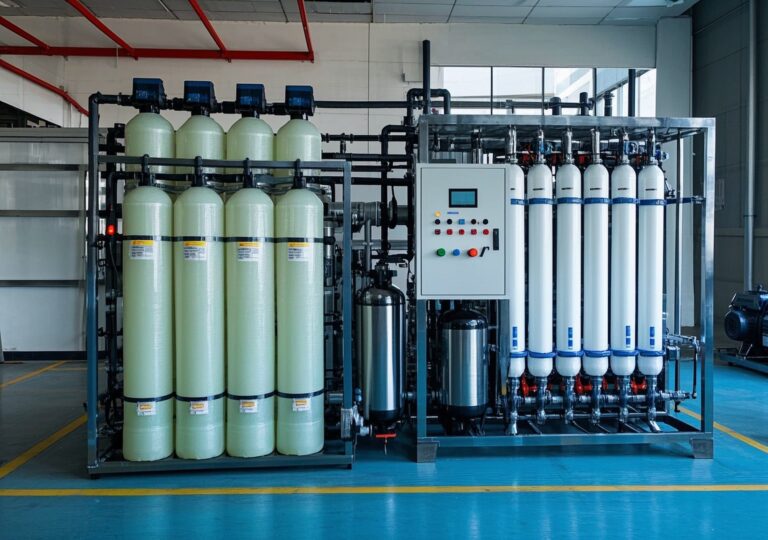Troubled by Water Crises? Can ro water treatment plant for dialysis Solve It?
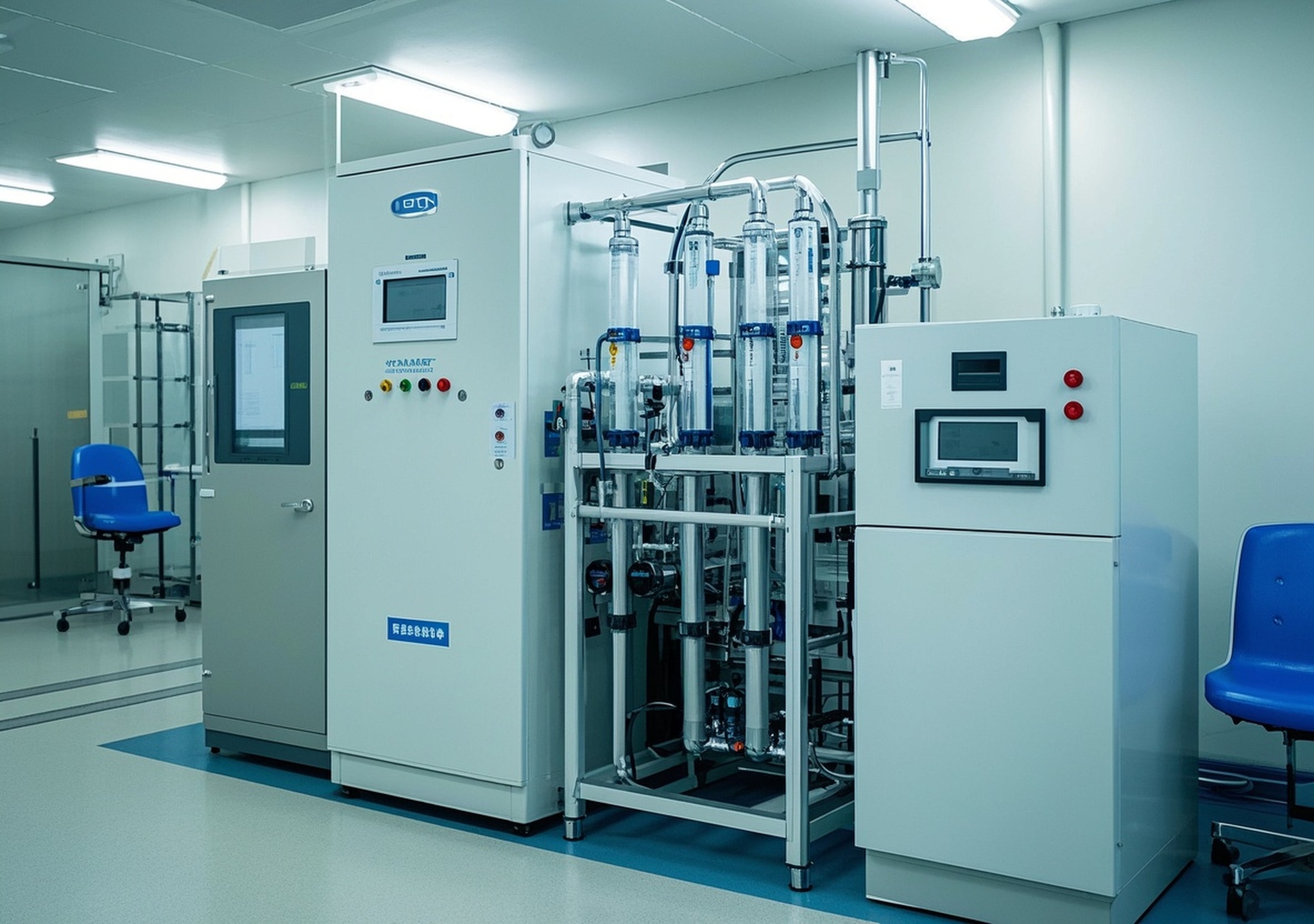
Troubled by Water Crises? Can ro water treatment plant for dialysis Solve It?
Water scarcity and quality challenges have intensified globally, impacting critical sectors such as healthcare. Amongst these, kidney dialysis demands the highest purity water to ensure patient safety and treatment efficacy. This article delves into the application of RO water treatment plants for dialysis, unpacking their technical advantages, operational workflows, and real-world performance to showcase how they effectively address water crises in medical facilities.
1. Introduction: Understanding RO Water Treatment Plants in Dialysis
Renal dialysis requires ultrapure water to prepare dialysate or for direct use in treatment. Municipal water supplies, while treated for general consumption, do not meet the stringent purity standards necessary for dialysis. Reverse osmosis (RO) water treatment plants provide a robust solution by removing contaminants, dissolved solids, and microorganisms, ensuring water quality aligns with international healthcare standards. As kidney disease prevalence rises, the demand for reliable dialysis water solutions intensifies, positioning RO systems as vital assets in medical water management.
2. Equipment Overview and Performance Benefits
RO water treatment plants for dialysis are engineered to deliver consistently ultrapure water, characterized by low total dissolved solids (TDS), microbial load, and endotoxin levels. Key performance indicators typically include:
- Water recovery rates above 75%
- TDS reduction greater than 95%
- Endotoxin and bacteria removal aligned with AAMI (Association for the Advancement of Medical Instrumentation) standards
- Flow rates tailored to dialysis center demand, from 50 to 500+ liters per hour
- Automated monitoring and alarms for water quality and system status
These plants balance operational flexibility with stringent safety requirements. Their competitive edge lies in membrane durability, energy-efficient pumps, and integration capabilities with pre- and post-treatment technologies.
3. Process Flow Description
The process can be broken down distinctly into four primary stages:
| Stage | Description | Function |
|---|---|---|
| Pre-Treatment | Multi-media filtration, activated carbon filtration, and water softening | Removes suspended solids, chlorine, hardness ions to protect RO membranes |
| High-Pressure Pump & RO Membrane | Pressurization followed by membrane filtration under pressure | Separates contaminants and dissolved solids, producing ultrapure permeate water |
| Post Treatment | Deionization (DI), ultraviolet (UV) sterilization, and ultrafiltration (UF) | Removes residual ions, destroys microbes, and eliminates endotoxins |
| Storage & Distribution | Sanitary tanks and looped piping system | Maintains water quality and delivers to dialysis machines reliably |
This flow is often automated with advanced control systems monitoring parameters such as pressure, conductivity, and microbial counts to ensure continuous compliance.
4. Key Components Breakdown
Multi-media Filter
Removes large suspended particles such as sand, silt, and clay to prevent clogging and wear further downstream. The media layers typically include gravel, sand, and anthracite.
Activated Carbon Filter
Targets the removal of chlorine and volatile organic compounds (VOCs), which can degrade RO membrane life and compromise water safety.
Water Softener
Reduces hardness ions like calcium and magnesium to prevent scale formation on membranes, prolonging system longevity.
High-Pressure Pump
Supplies the necessary pressure (120–600 psi) to force feed water through the RO membranes, a critical factor in system efficiency and permeate quality.
RO Membrane Elements
The heart of the system, these semi-permeable membranes selectively reject contaminants. Medical-grade membranes used for dialysis applications prioritize ultra-high purity and durability. For example, elements must comply with requirements to reduce endotoxin levels effectively.
5. Membrane Technology and Maintenance Recommendations
Membranes used in dialysis RO plants are usually thin-film composite (TFC) membranes, chosen for their superior rejection rates and chemical resistance. They must operate within strict limits of pH, temperature, and chlorine exposure to maintain performance.
Maintenance best practices include:
- Regular CIP (clean-in-place) procedures using appropriate cleaning agents to mitigate fouling
- Monthly integrity testing for leakage or deterioration
- Periodic replacement every 2–3 years depending on feed water quality and usage
- Monitoring recovery rates and pressure differentials for early detection of membrane degradation
6. Post-Treatment Technologies Ensuring Water Safety
Additional polishing steps guarantee water meets dialysis-grade standards.
- Mixed-bed Deionizers – Remove residual ionic impurities unable to pass through the RO membranes.
- Electrodeionization (EDI) – An automated alternative that combines ion exchange and electricity to remove ions continuously, reducing chemical consumption.
- Ultraviolet (UV) Sterilization – Effectively destroys bacteria and viruses, providing microbiological safety.
- Ultrafiltration (UF) Systems – Remove endotoxins and larger microbial components not addressed by UV.
7. Real-World Application Examples
In my experience collaborating with multiple dialysis centers, deploying dedicated RO systems tailored to patient volume drastically improved operational outcomes:
- Case Study 1: A 150-bed hospital in California equipped with an RO dialysis water plant saw contaminant levels drop by over 98%, significantly reducing patient adverse reactions related to water impurities within six months.
- Case Study 2: A mobile dialysis unit serving remote areas in India integrated compact RO systems, enabling high-quality treatment even amid challenging water conditions, increasing patient throughput by 30% annually.
These deployments underscore the technology’s adaptability and critical role in patient safety, particularly in regions facing water scarcity or quality variability.
8. Pricing Influencing Factors
The cost of an RO water treatment plant for dialysis varies due to several important factors:
| Factor | Impact on Price |
|---|---|
| Component Quality & Membrane Type | High-grade membranes and specialized pumps increase CAPEX upfront but enhance durability. |
| Customization & Capacity | Tailored systems for specific dialysis center sizes require engineering effort and specialized parts. |
| Operational Costs | Energy efficiency, membrane lifespan, and chemical usage affect long-term ROI. |
| Regulatory Compliance & Certifications | Adherence to medical water standards and audits can increase costs but assures safety. |
9. Installation and After-Sales Support
Proper installation of RO systems is critical. It involves:
- Thorough site evaluation including water source analysis
- Professional equipment assembly and calibration
- On-site testing ensuring system performance meets specifications
- Training medical personnel on system operation and routine monitoring
Long-term support usually encompasses:
- Scheduled maintenance contracts
- Remote monitoring and troubleshooting
- Priority access to replacement parts and upgrades
10. Maintenance and Troubleshooting Guide
Reliable operation demands routine checks such as:
- Daily monitoring of permeate conductivity and total dissolved solids
- Inspection for membrane fouling signs: pressure differential increase, flow rate drop
- Regular disinfection and sanitization of tanks and piping loops
Common issues include membrane fouling from iron or biofilms, which are mitigated through proactive maintenance and chemical cleaning protocols. Adequate stock and supply chains for critical spare parts like membranes, pumps, and sensors ensure minimal downtime.
11. Manufacturers and Market Positioning
Leading equipment suppliers emphasize compliance with healthcare standards such as AAMI ST108 and ISO 23500. Their production facilities maintain rigorous quality controls, incorporating proprietary membrane technologies that improve reliability and throughput. Markets in developed countries focus on integration with hospital automation systems, while emerging markets demand cost-effective, robust designs.
This market evolution aligns with global trends showing the hemodialysis water treatment sector’s rapid growth, projected to witness a CAGR of over 6% by 2032 due to rising chronic kidney disease prevalence and technological adoption.
12. Conclusion and Call to Action
Water quality crises pose direct threats to dialysis efficacy and patient safety. Investing in a dedicated, well-designed RO water treatment plant for dialysis mitigates these risks effectively, delivering ultrapure water compliant with strict medical standards. Integrating advanced purification technologies, ensuring ongoing maintenance, and selecting equipment fitted for operational demands are critical success factors.
Healthcare providers should prioritize early assessment of water treatment needs and engage with experienced technical partners to tailor solutions. Such proactive measures safeguard patient health, optimize resource use, and future-proof dialysis services in an era of evolving water challenges.
If your facility is facing water quality issues or planning dialysis service expansion, exploring specialized RO water treatment systems is the first step towards reliable, safe, and compliant operation.
References
According to DuPont Water Solutions in their technical report “High Purity Water for Kidney Dialysis Machines,” reverse osmosis membranes are indispensable in producing ultrapure water for hemodialysis and peritoneal dialysis. Municipal water alone cannot meet the stringent standards as patients receive high-volume water exposure directly into the bloodstream, necessitating robust RO filtration and adjunct purification technologies. DuPont’s FilmTec™ RO elements exemplify reliable components that meet these demanding criteria, designed for ease of use and maintenance in dialysis centers.
This authoritative insight confirms the central role of RO water treatment plants for dialysis in overcoming water crises in medical settings.

